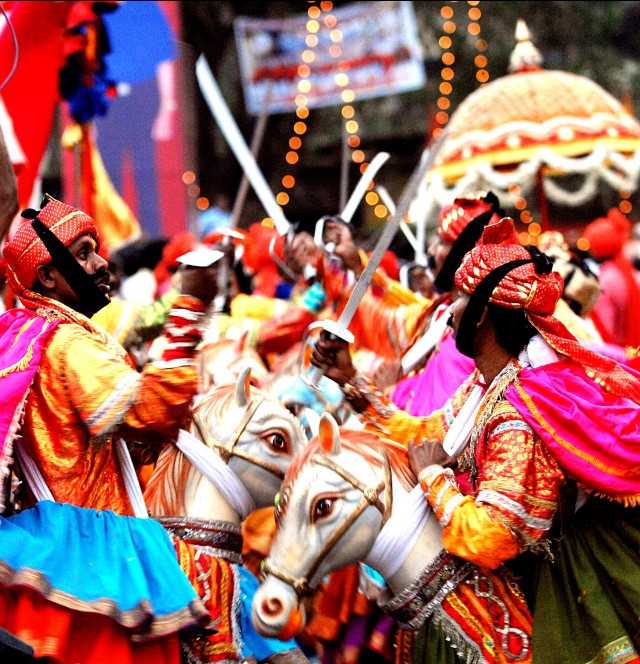TRADITIONAL
MUSIC OF GOA
The traditional
Goan musical instruments include Dhol, Mrindanga, tabla,
Ghumat, Dholak, Shehnai and many more.
·
GHUMAT
is an earthen-ware pot- like vessel made by
Goan potters with opening on the two opposite sides, one large and the other
small in diameter, with the middle portion much bulging outward. It is
essential for Hindu festivals.
GHUMAT


MRINDANGA
SHEHNAI
Music of Goa refers to music from the state of Goa. A wide variety of music genres are used in ranging
from western art music to Indian classical music. Konkani music is popular
across this tiny state. Goa is very popular state in traditional music.



















